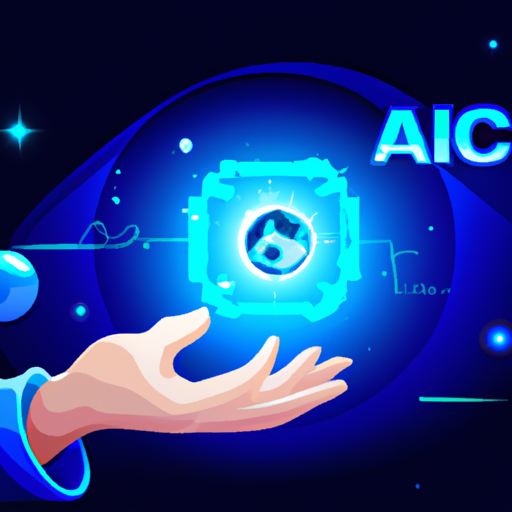Hands On Artificial Intelligence: A Practical Journey
Artificial Intelligence (AI) is no longer confined to the pages of science fiction.
With hands on artificial intelligence, we can see and experience its transformative impact in real-time.
In this article, we’ll explore what it means to get hands-on with AI, the necessary tools and skills, and some fascinating real-world applications.
Additionally, we’ll touch on related topics such as AI programming with Python and how you can get started in this exciting field.
Why Hands-On Experience Is Crucial
Understanding AI through theory is one thing, but experiencing it firsthand is another.
Hands-on learning makes concepts more tangible and easier to grasp.
Moreover, engaged learning enhances retention and comprehension.
For example, when you dive into artificial intelligence machine learning projects or code your own algorithms, you gain a deeper understanding of the underlying principles.
Imagine trying to learn how to ride a bike by just reading about it—you know how that would turn out!
Similarly, practical experience in AI allows you to debug issues, optimize performance, and understand the nuanced behavior of different algorithms.
Getting Started With AI Programming
If you’re new to artificial intelligence learning, starting can seem daunting.
However, there are numerous resources available today that can help pave your way.
One of the most popular languages for AI is Python—making it an ideal starting point for beginners.
With its extensive libraries like TensorFlow and Keras, AI programming with Python becomes relatively straightforward even for novices.
Begin with basic projects like creating chatbots or simple image recognition systems.
These projects will teach you critical skills while keeping things engaging.
Step-by-Step Introduction To Artificial Intelligence
1. Conceptual Understanding: Start by familiarizing yourself with basic AI concepts through online courses or books like “Artificial Intelligence: A Modern Approach.”
2. Basic Programming Skills: Brush up on your Python programming skills; this will be essential as you dive deeper into AI projects.
3. Online Courses: Platforms offering courses in artificial intelligence include Coursera, Udacity, and edX. Many also offer free trials or financial aid options.
4. Small Projects: Begin with small-scale projects such as sentiment analysis or basic game bots before moving onto more complex tasks like natural language processing (NLP) or advanced computer vision.
The Power Of Machine Learning And Data
Machine Learning (ML) forms the heart of modern AI applications.
Imagine being able to predict stock market trends or even diagnose diseases based on historical data—that’s the power of machine learning!
But ML isn’t effective without data—lots of it!
Data science has become an integral part of our lives owing to its ability to convert raw data into meaningful insights using ML algorithms.
Consider a retail business aiming to personalize shopping experiences for customers:
By analyzing purchasing behaviors using ML models trained on vast datasets,
The business can recommend products tailored specifically for each user—boosting both customer satisfaction and sales!
Real-World Applications: Transforming Industries
1. Healthcare: AI-driven diagnostics tools help doctors identify diseases faster and more accurately than ever before. IBM’s Watson Health is a prime example where machine learning aids in cancer research by analyzing patient records alongside millions of medical papers.
2. Finance: Automated trading systems use historical data analysis combined with predictive analytics powered by machine learning models—to execute trades at optimal times—maximizing profits while minimizing risks!
3. Retail: Personalized marketing strategies leveraging consumer behavior analysis have revolutionized e-commerce platforms like Amazon which uses sophisticated recommendation engines powered by artificial intelligence algorithms ensuring seamless customer experiences every time they shop online!

